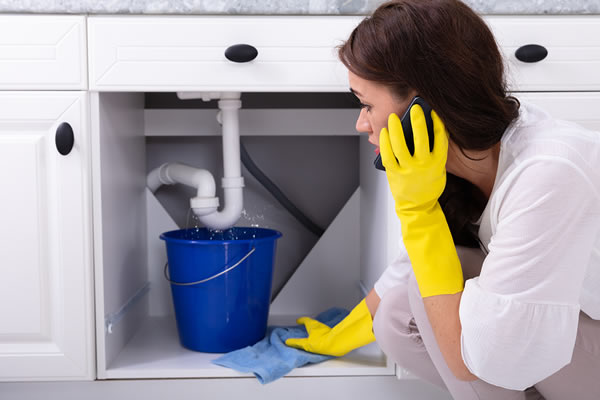Each person seems to have their unique thinking on the subject of Finding hidden leaks.

Early detection of leaking water lines can mitigate a possible disaster. Some tiny water leaks might not be noticeable.
1. Examine the Water Meter
Every residence has a water meter. Checking it is a guaranteed manner in which aids you uncover leaks. For beginners, shut off all the water resources. Guarantee no one will purge, make use of the faucet, shower, run the cleaning equipment or dishwasher. From there, most likely to the meter and also watch if it will certainly transform. Considering that nobody is utilizing it, there must be no motions. That shows a fast-moving leak if it moves. Also, if you detect no changes, wait an hour or 2 and inspect back once again. This indicates you may have a sluggish leak that could also be below ground.
2. Check Water Usage
Examine your water expenses and also track your water consumption. As the one paying it, you ought to see if there are any disparities. If you identify sudden changes, in spite of your intake being the same, it suggests that you have leakages in your plumbing system. Bear in mind, your water costs ought to fall under the same range every month. An unexpected spike in your expense suggests a fast-moving leakage.
A constant increase every month, even with the very same practices, shows you have a sluggish leakage that's additionally slowly rising. Call a plumber to thoroughly inspect your property, specifically if you really feel a warm area on your floor with piping underneath.
3. Do a Food Coloring Test
When it comes to water usage, 30% originates from bathrooms. Test to see if they are running correctly. Drop flecks of food shade in the storage tank and wait 10 mins. If the shade in some way infiltrates your dish during that time without flushing, there's a leak between the container and also bowl.
4. Asses Outside Lines
Don't neglect to check your outside water lines too. Test spigots by connecting a garden hose pipe. Should water leak out of the link, you have a loose rubber gasket. Replace this as well as make certain all connections are limited. It will certainly assist get it professionally checked out as well as maintained each year if you have actually obtained a lawn sprinkler system. One small leakage can lose tons of water and spike your water costs.
5. Analyze the circumstance and inspect
Property owners should make it a routine to examine under the sink counters as well as also inside closets for any type of bad odor or mold growth. These 2 red flags show a leakage so punctual attention is needed. Doing regular assessments, also bi-annually, can conserve you from a major issue.
Examine for discolorations and also deteriorating as a lot of appliances and also pipes have a life span. If you suspect dripping water lines in your plumbing system, don't wait for it to escalate.
Early discovery of dripping water lines can mitigate a possible catastrophe. Some tiny water leakages might not be visible. Examining it is a proven method that helps you find leakages. One little leakage can lose loads of water and also spike your water bill.
If you presume dripping water lines in your plumbing system, do not wait for it to rise.
WARNING SIGNS OF WATER LEAKAGE BEHIND THE WALL
PERSISTENT MUSTY ODORS
As water slowly drips from a leaky pipe inside the wall, flooring and sheetrock stay damp and develop an odor similar to wet cardboard. It generates a musty smell that can help you find hidden leaks.
MOLD IN UNUSUAL AREAS
Mold usually grows in wet areas like kitchens, baths and laundry rooms. If you spot the stuff on walls or baseboards in other rooms of the house, it’s a good indicator of undetected water leaks.
STAINS THAT GROW
When mold thrives around a leaky pipe, it sometimes takes hold on the inside surface of the affected wall. A growing stain on otherwise clean sheetrock is often your sign of a hidden plumbing problem.
PEELING OR BUBBLING WALLPAPER / PAINT
This clue is easy to miss in rooms that don’t get much use. When you see wallpaper separating along seams or paint bubbling or flaking off the wall, blame sheetrock that stays wet because of an undetected leak.
BUCKLED CEILINGS AND STAINED FLOORS
If ceilings or floors in bathrooms, kitchens or laundry areas develop structural problems, don’t rule out constant damp inside the walls. Wet sheetrock can affect adjacent framing, flooring and ceilings.
https://www.servicemasterbyzaba.com/blog/how-to-detect-water-leakage-in-walls/

I recently found that review about Hacks to detect leaks while doing research the web. Be sure to take the opportunity to share this post if you enjoyed reading it. Many thanks for your time. Please come by our blog back soon.